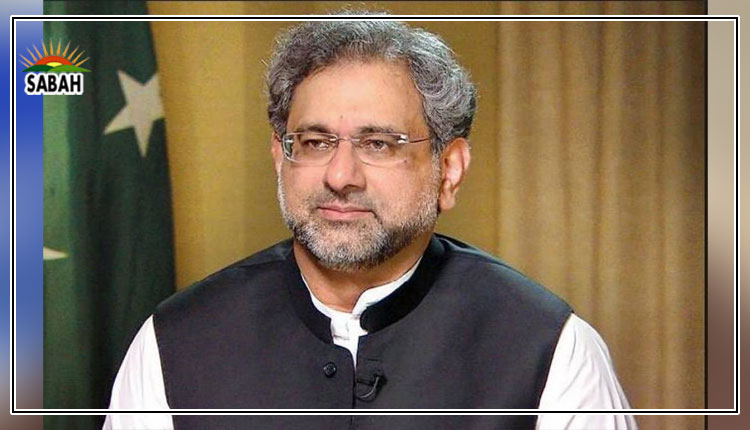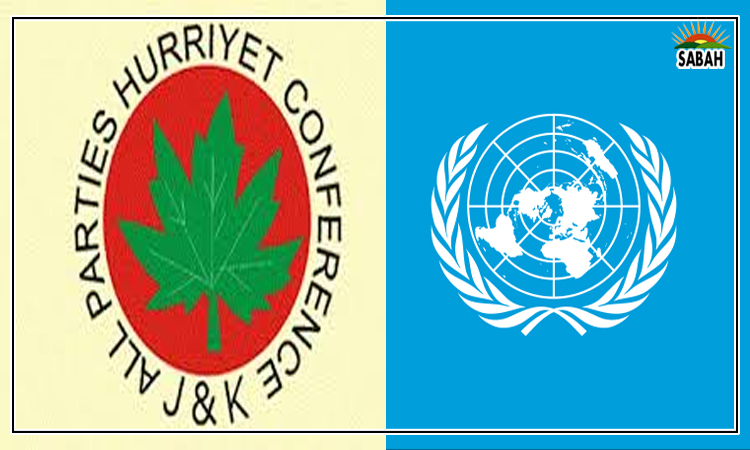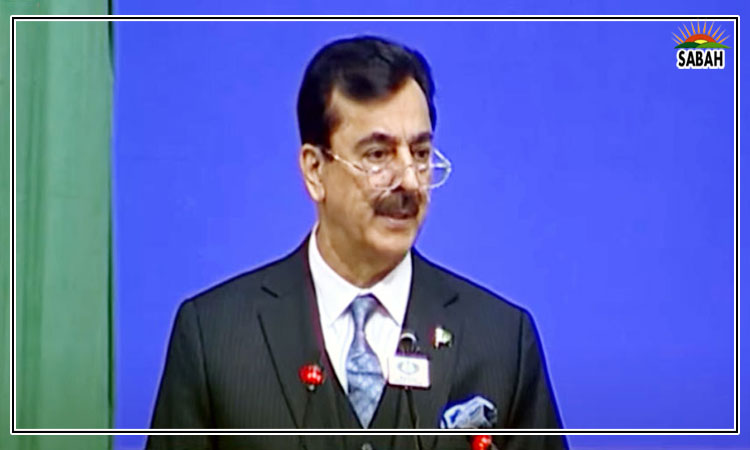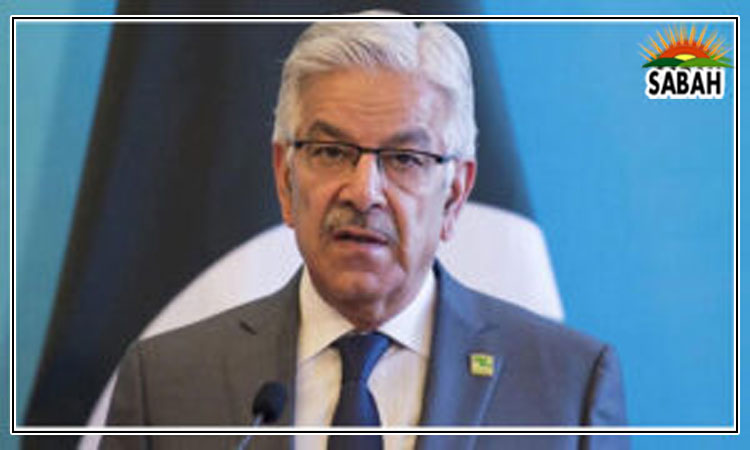Debt-for-nature swaps ….Maha Qasim | Noor Fatima Anwar
PAKISTAN needs $340 billion until 2030 to address its climate challenges. With a debt-to-GDP ratio of 78 per cent, the fiscal space to finance climate action is limited. Could debt-for-nature swaps solve Pakistan’s climate finance conundrum?
Debt-for-nature swaps are financial arrangements whereby a debtor nation agrees to protect or restore its natural resources in return for debt relief. Debt-for-nature swaps are gaining global momentum.
In 2022, the Barbados government, The Nature Conservancy — a global environmental organisation — and the InterAmerican Development Bank completed a $150 million debt conversion in return for Barbados’s commitment to protecting up to 30pc of its exclusive economic zone and territorial sea. In 2023, Gabon agreed to a deal with the Bank of America, the US International Development Finance Corporation and TNC, to refinance $500m in national debt in exchange for financing marine conservation within the country.
In a bilateral debt-for-nature swap, a creditor country can forgive part of the money it is owed by the borrowing country in exchange for the latter investing an agreed amount in a conservation plan. In other words, the agreement ensures that part of the freed capital is used by the debtor country to preserve its natural resources.
The debt crisis in the Global South needs innovative solutions.
The debt crisis currently facing the Global South needs innovative solutions such as debt-for-nature swaps. Developing countries borrow from international creditors to finance development but they are also at the front line of climate change and biodiversity loss. Increasingly frequent climate disasters can destroy any development gains, locking them in a vicious debt cycle. The challenge is particularly pronounced in countries such as Pakistan, Sri Lanka and Bangladesh which have been repeatedly hit by extreme climate events.
In Pakistan, the challenges of high debt and climate vulnerability continue to exacerbate one another. Displacement and loss of assets, infrastructure and livelihoods due to climate change erodes tax revenues and imposes steep costs for reconstruction and recovery, potentially requiring borrowing from international donors and banks. Simultaneously, high debt reduces countries’ capacity to invest in climate projects due to repayment burdens and higher borrowing costs.
High debt may also crowd out private-sector investment. Around 60pc of climate finance is already executed through debt-based instruments, making it difficult for countries to take on more debt finance. In addition, climate vulnerability itself can increase debt. One study found that climate vulnerability raised the average cost of borrowing by 1.2pc over the last 10 years.
The merits of debt-for-nature swaps are evident in countries where climate action or protection of nature would not have been otherwise undertaken. Swaps can upgrade a country’s sovereign credit rating, making government borrowing cheaper. As noted, debt-for-nature swaps can generate more revenue for nations with “valuable biodiversity” enabling them to “charge others for protecting it and providing a global public good”.
However, compared to climate finance instruments, such as carbon credits, the transaction costs of debt-for-nature swaps can be significantly higher due to complex legal requirements. The swap’s effectiveness also depends on the debtor nation’s ability to make long-term financial commitments in order to undertake climate action as part of this financial agreement. Additionally, institutional arrangements to advance opportunities for debt-for-nature swaps are insufficient in Pakistan. Both the IMF and World Bank have called for transparency and accountability in matters of foreign-funded projects. Such transparency is key to garnering international support and attracting climate financing.
To address the above challenges, the number of swap transactions could be scaled up by channelling investment into mainstream projects structured around countries’ broad climate and environmental goals and employing simple-to-monitor metrics such carbon emissions, deforestation, or ocean exploitation. The terms of swap transactions could be enhanced by increasing the nation’s debt share, involving more third parties (foundations and civil society organisations), repurchasing debt at the lowest possible price by incorporating incentives for creditors — such as allowing them to trade in carbon credits arising from the transaction — and minimising the cost of financing the debt buyback by offering partial guarantees to investors.
Maha Qasim is a climate and sustainability expert. Noor Fatima Anwar is a research associate.
Courtesy Dawn, February 10th, 2024












